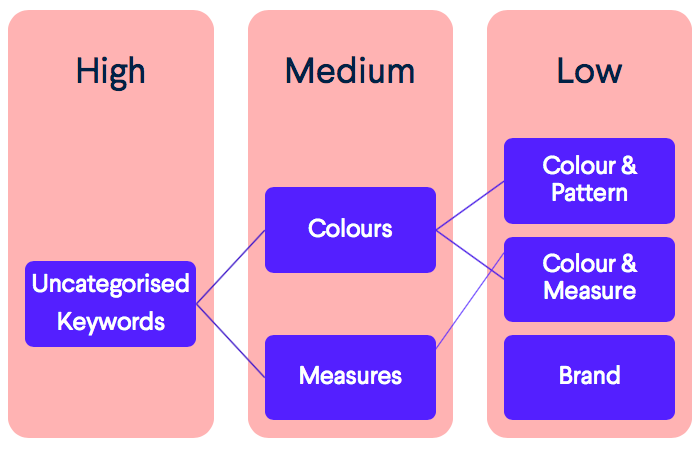Google Shopping is a vital but often under-utilised opportunity for today’s digital retailer, which is why our latest content series is designed to help you make it work harder for your business.
We have already examined the need for specialisation”Š–”Šwhy Google Shopping is now a discipline in its own right”Š–”Šand how to master the Shopping feed. Now it’s time to take a look at campaign build and how to introduce some simple tweaks to give you greater control and drive more return.
Deciding how to structure a Google Shopping account”Š–”Ša set of campaigns and ad groups containing various different sets of products”Š–”Šwill inevitably vary by retailer.
However, for the majority of advertisers campaign prioritisation will be a powerful technique.
Prioritise to gain control over spend
The ‘priority’ element of Google Shopping campaigns is often underused.
By manipulating the priority settings in Google Ads, a marketer can gain better control of their Shopping activity, setting bids according to the value of a search term and ultimately increasing conversion rates and revenue.
This was exactly the approach we took for a large online only retailer, which saw revenue increase 14% from 6% less spend resulting in the ROAS increasing by 21% and shopping revenue grow 18% with a 17% improvement in ROAS.
Let’s take a closer look at how this technique works.
How to set priorities for success
Google allows advertisers to create three levels of priority”Š–”Šhigh, medium and low.
When a user searches for a product, they will hit high priority campaigns first. If they can’t be served an ad from those campaigns, they will drop to medium, and then low.
For clarity, the ‘high”Š–”Šmedium”Š–”Šlow’ denomination is actually opposite to the value of the bids placed within these campaigns.
You have to build this type of structure as follows:
- Your top performing keywords (typically your brand and other specific searches) should live in your low priority campaigns. These are then added as negatives to medium and high priority campaigns, which allows those searches to pass through the structure.
- Pick out your other top performing keywords and set them as medium priority. (These keywords can often be determined by using insight from your text ad campaigns.)
- Then the high priority campaign will pick up everything else ie. the most generic search terms where you place your lowest bids.

Such a structure gives you lots of control yet is often overlooked. It is ideal if you don’t want to commit to an advanced tech solution, something we’ll be covering later in this series, as it allows brands to start placing bids on sets of keywords according to conversion rate”Š–”Šmuch like how you would optimise your normal text ad campaigns.
With your priorities set on creating even more effective Google Shopping campaigns, it’s time to start thinking beyond search, which we’ll explore in part four of our series.
This article first appeared on Journey Further’s website here.












